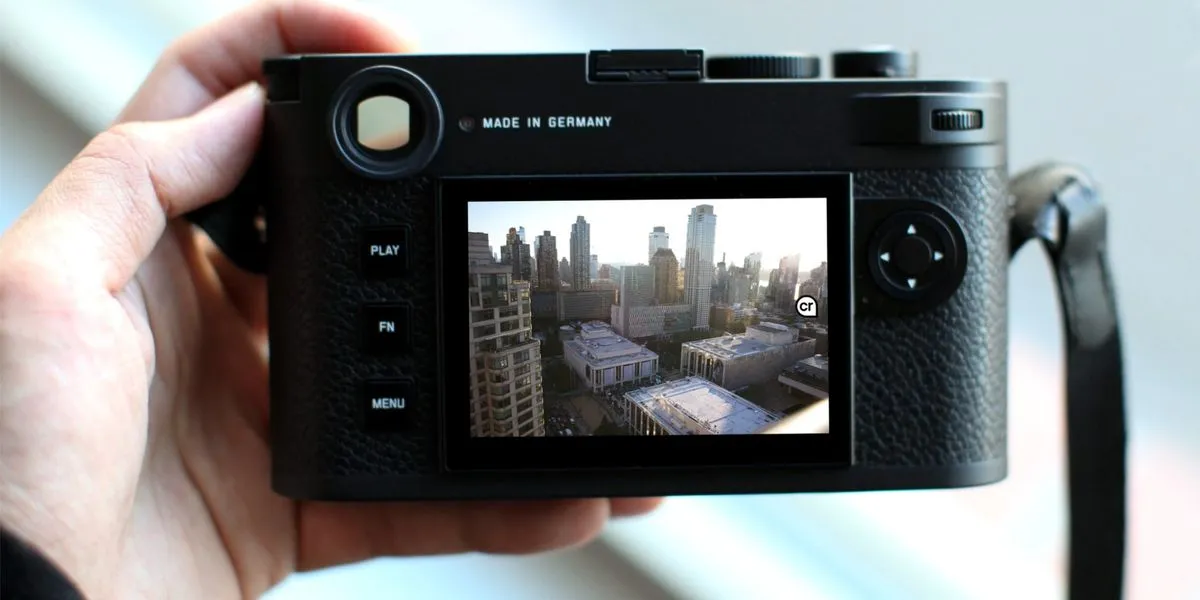New Leica camera stops deepfakes at the shutter
New Leica camera stops deepfakes at the shutter

spectrum.ieee.org
New Leica camera stops deepfakes at the shutter

New Leica camera stops deepfakes at the shutter

New Leica camera stops deepfakes at the shutter
